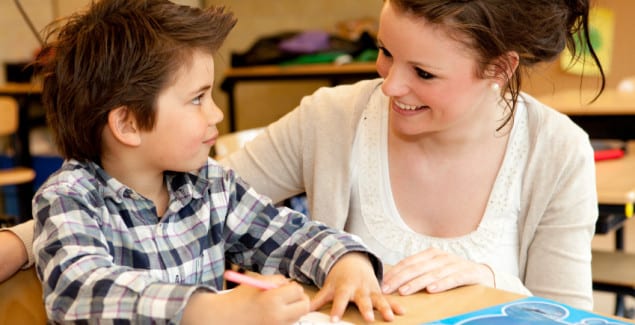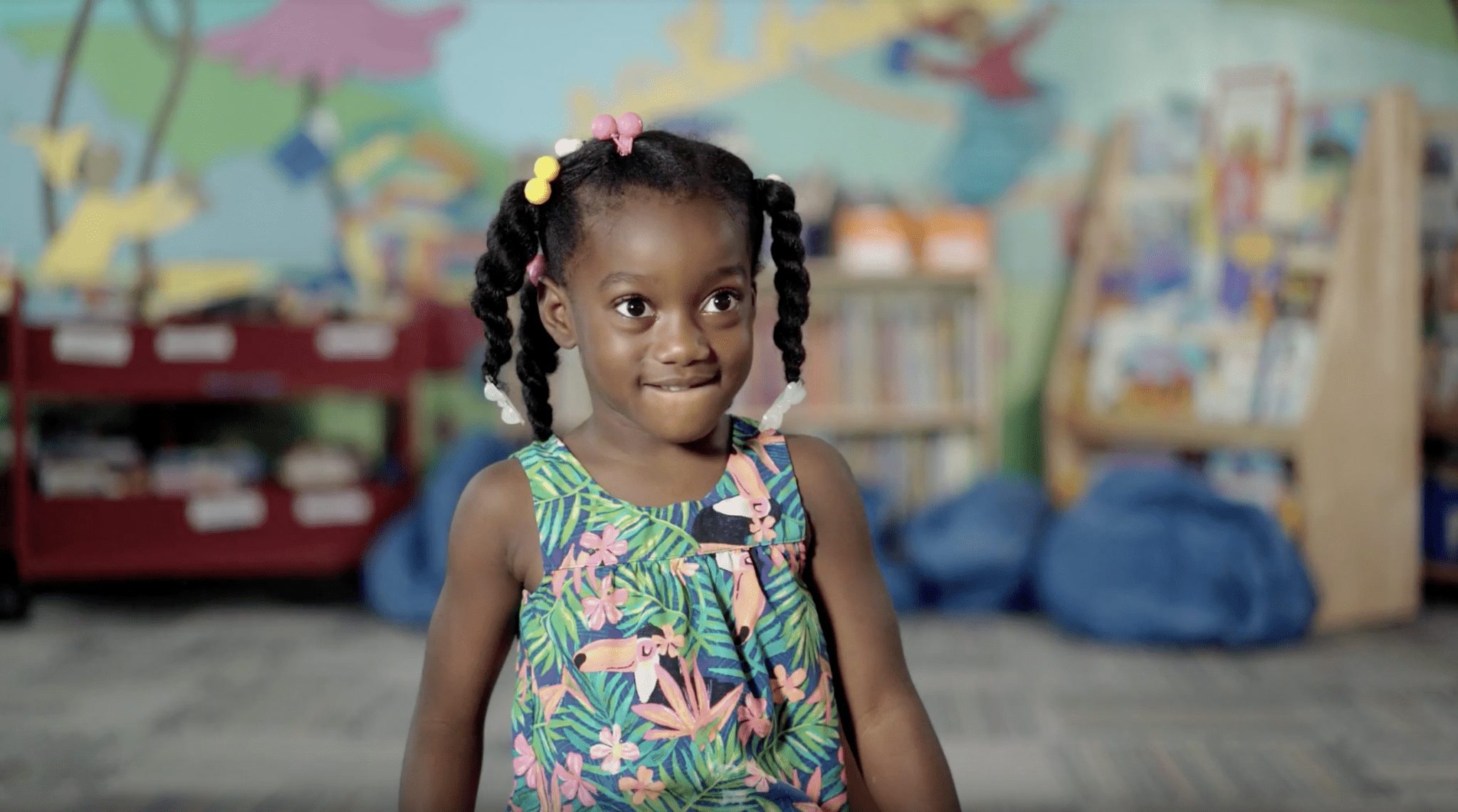Home Is Where The Heart Is: Thinking About Homeless Children In The Classroom

Posted in: Grade School, Hot Topics, Podcast, You & Your Family
Topics: Hot Topics
This is the final blog post of a series in collaboration with the Lesley University Child Homelessness Initiative (CHI). For more information about the CHI curriculum, and the ways in which it seeks to empower the next generation of teachers and caregivers to understand and advocate for homeless children, visit http://www.lesley.edu/child-homelessness-initiative/.
To view the first and second blog posts, click here and here.
Intro and outro music written and performed by Dr. Gene Beresin.
I didn’t know they were homeless.
An innocent, unsolicited statement turned my understanding upside down.
“We are sleeping at a hotel, Becca!” he said excitedly as he entered the classroom one morning, gingerly putting his coat and backpack in his cubby, and starting his day, as usual, with great enthusiasm for joining his peers in play.
Our students do not generally stay at hotels in Boston for “staycations” and tourists’ views of the city. They are there because they have become displaced by fire, dissolution of the bonds between their caretakers, eviction, or domestic violence, to name a few. Our school provides shelter, food, education, love, connection to resources, and normalcy for children and families who are most vulnerable to food and housing insecurity—but you would be hard-pressed to pick out those children among the sea of smiling faces.
The face of homelessness is not always obvious, and families who struggle with housing insecurity often work very hard to obscure their standing from public view. There is a sense of deep shame associated with not being able to provide for one’s family; such was the case for this child’s mother, who must have worried and despaired in silence until her child revealed the source of her unseen guilt.
This mother, like many other caretakers who are one paycheck or unforeseen life crisis away from moving into a hotel, must have used every shred of dignity and pride to hide the truth. Now that I was aware, I had a choice—to say nothing, or to offer support. I chose the latter.
I asked her, when I saw her next, if she needed anything from me. She looked at me, and began to laugh nervously. “We’re fine,” she said.
I read her cues and backed off, allowing the conversation to settle back in to its normal course; we turned our attention once more to talking about what a funny kid her son is.
However, after that day, I kept my ears to the ground for any whisper from the child about further crisis, ready to spring into action and offer Mom support. But, none came.
Last year’s winter was miserable, and three displacements over the course of six months were, to me, unimaginable. But still the child came to school every day in clean clothes, a few treasured toys in his backpack, eager to be in school with his friends. Life continued, and the school days eventually gave way to summer.
His mom is a superhero.
Her child is happy, with varying emotions that fall within the normal range for children his age (laughing one minute, frustrated and crying the next). Clearly she has created a sense of security and love in her child’s life, despite the major crisis they struggled with. She didn’t ask for support in feeding or clothing him, nor did she unload a laundry list of problems on me—though I would certainly have been a willing sounding board. She simply, and implicitly, asked for normalcy. She asked to be viewed no differently than any other mom, and her son no differently than any other child.
For my part in the classroom, I built strong routines, I created a supportive culture amongst the families I served, and every decision I made considered the impact on the children’s well-being. I supported them with understanding and compassion, in an intentional classroom environment that focused on the kinds of life skills that allow children to walk through crisis with their sense of self intact.
When children are in crisis, your heart swells, and you wonder what you can do to help. However, the lives of your students are far more complicated and difficult to unravel than you can foresee, and in stepping into that tangle, you might lose yourself and your focus on the whole class. To support a child in crisis is to keep everything that you can control in his or her world (the classroom environment, attitudes, energy, communication, and high expectations for achievement) as consistent as possible while asking the child to be his or her best self.
To support a family in crisis, you must build trust before asking questions, assume best intentions in the actions and reactions of the family to their crisis, respect boundaries, and resist the instinct to condemn or judge. In the end, demonstrate that you care deeply about their child, through calm and storm, and you will be there as a beacon guiding them back to safe waters.

 Share
Share Tweet
Tweet







